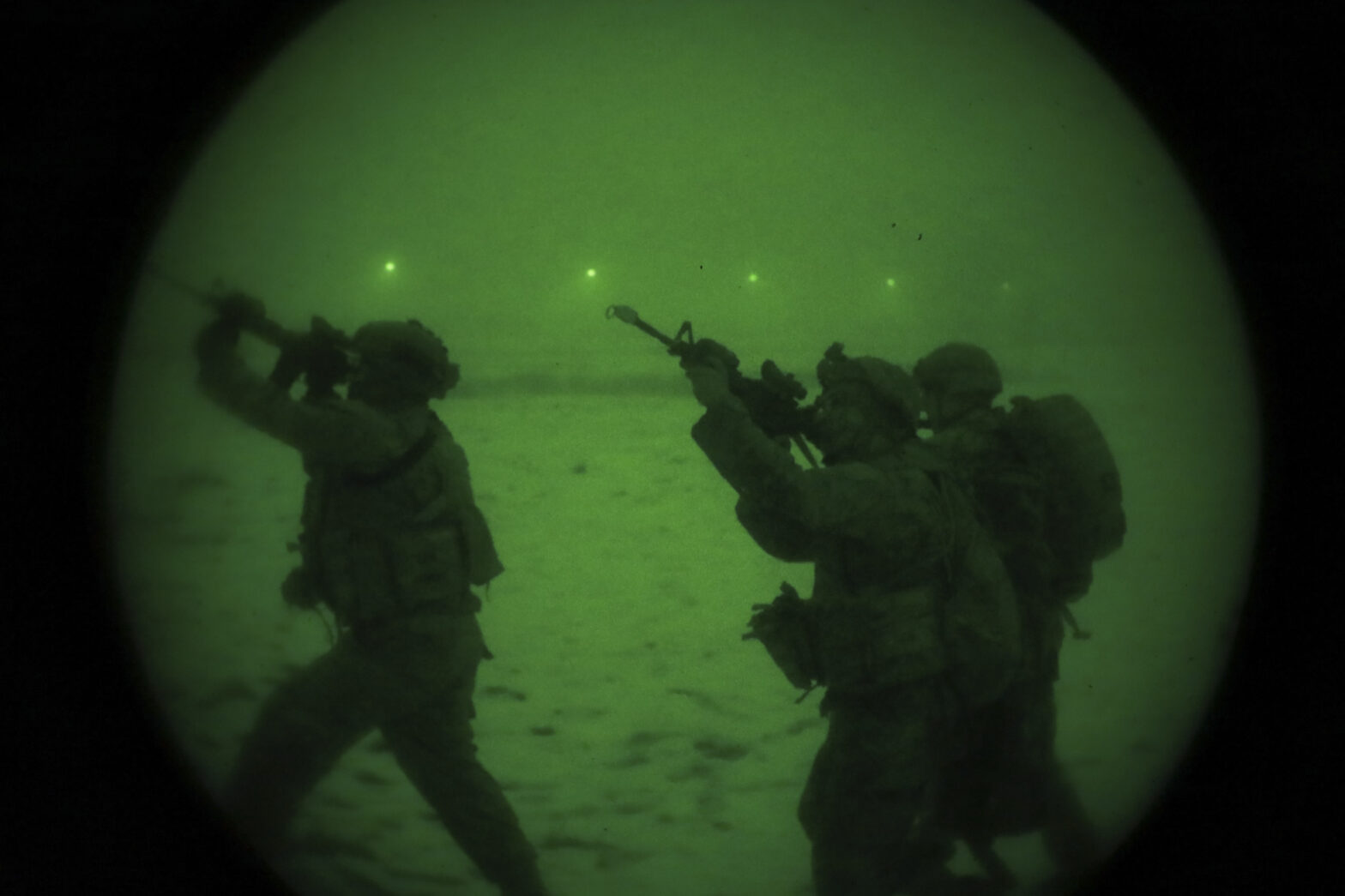You want to own your movement.
By that I mean, no matter the conditions, you are consistent with control over your movement.
Most people train with their attention on their movement, usually staring directly at their feet, then wonder why that control doesn’t translate under the real-life conditions they execute in.
But they’ve trained visual and attentional dependence on motor control. Motor control is most needed in highly stimulating environments, with attention on visual and auditory information.
Ownership of movement is highly dependent on the function of the somatosensory and vestibular systems.
We want these systems to work for us at a high level in the background. Meaning we’ve trained to optimize their performance without demanding our attention.
And this is important because these systems are incredibly fast, much faster than visual responses.
So, as you train important movement patterns, start with your vision and attention on your movement, but make sure you go beyond visual dependence for control. This can be as simple as having your attention on one or multiple targets as you maintain speed and precision of movement.
Training ownership over your movement allows you to have your attention on what matters. Improving situational awareness and performance under any condition.
